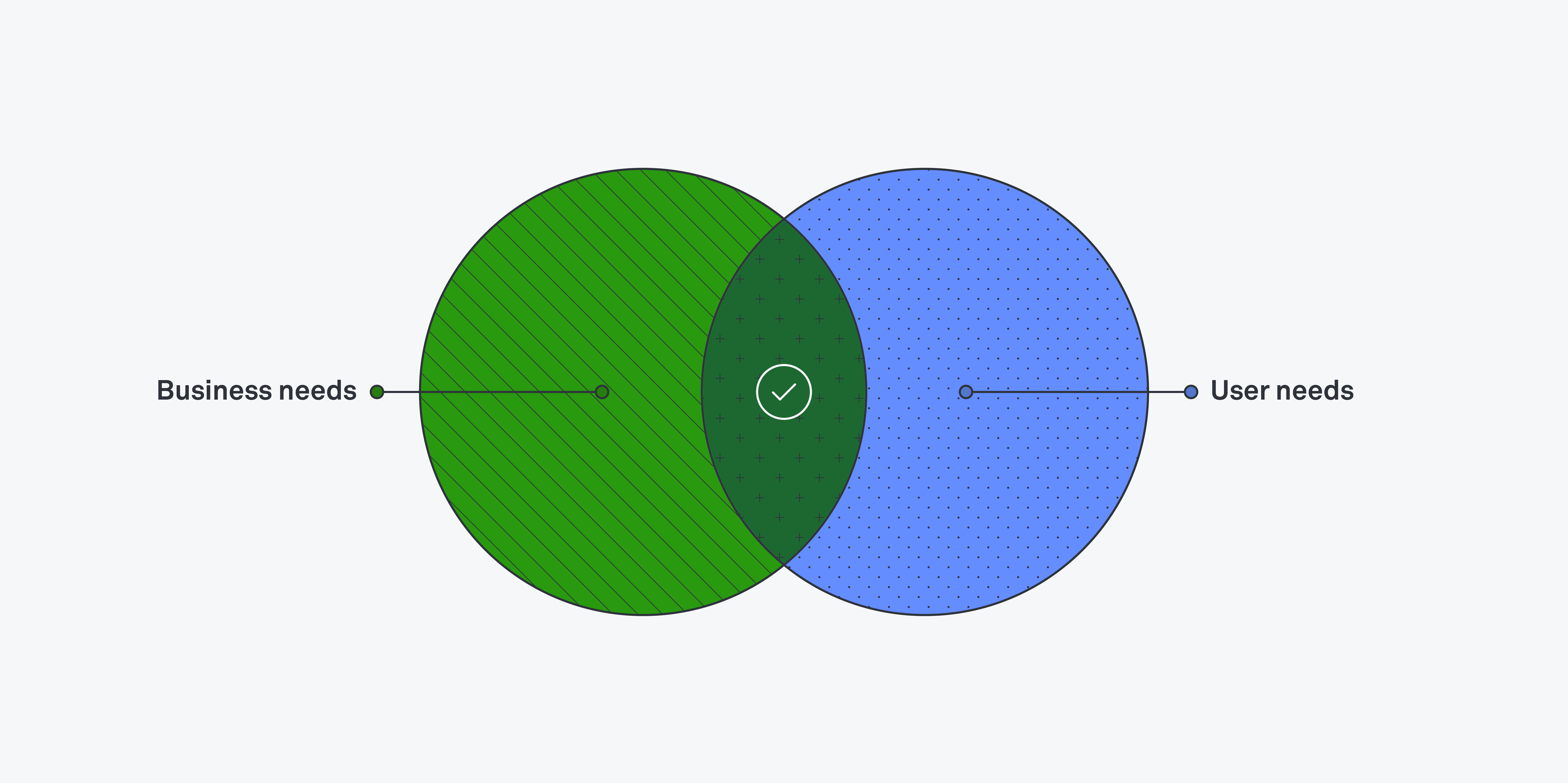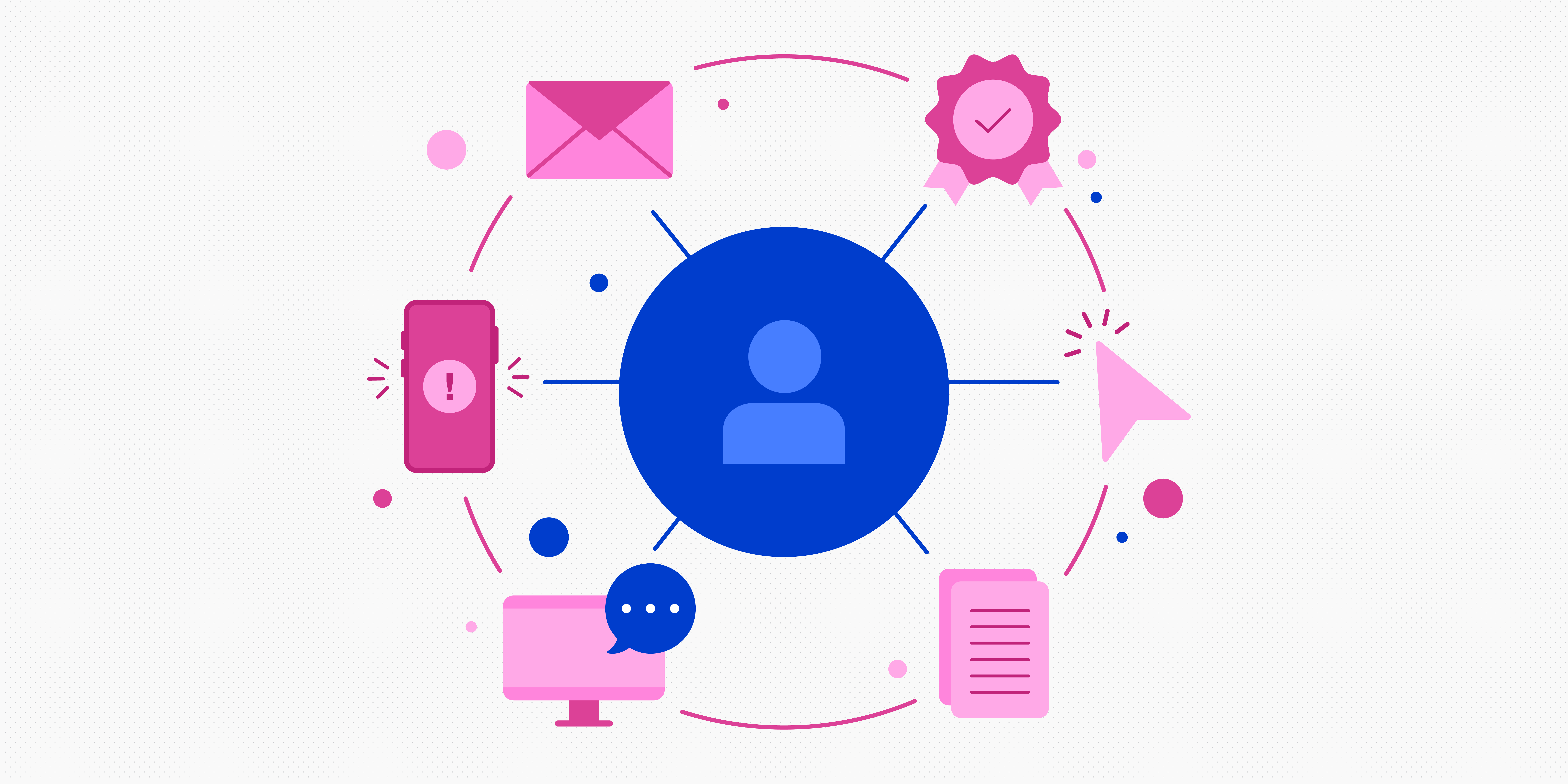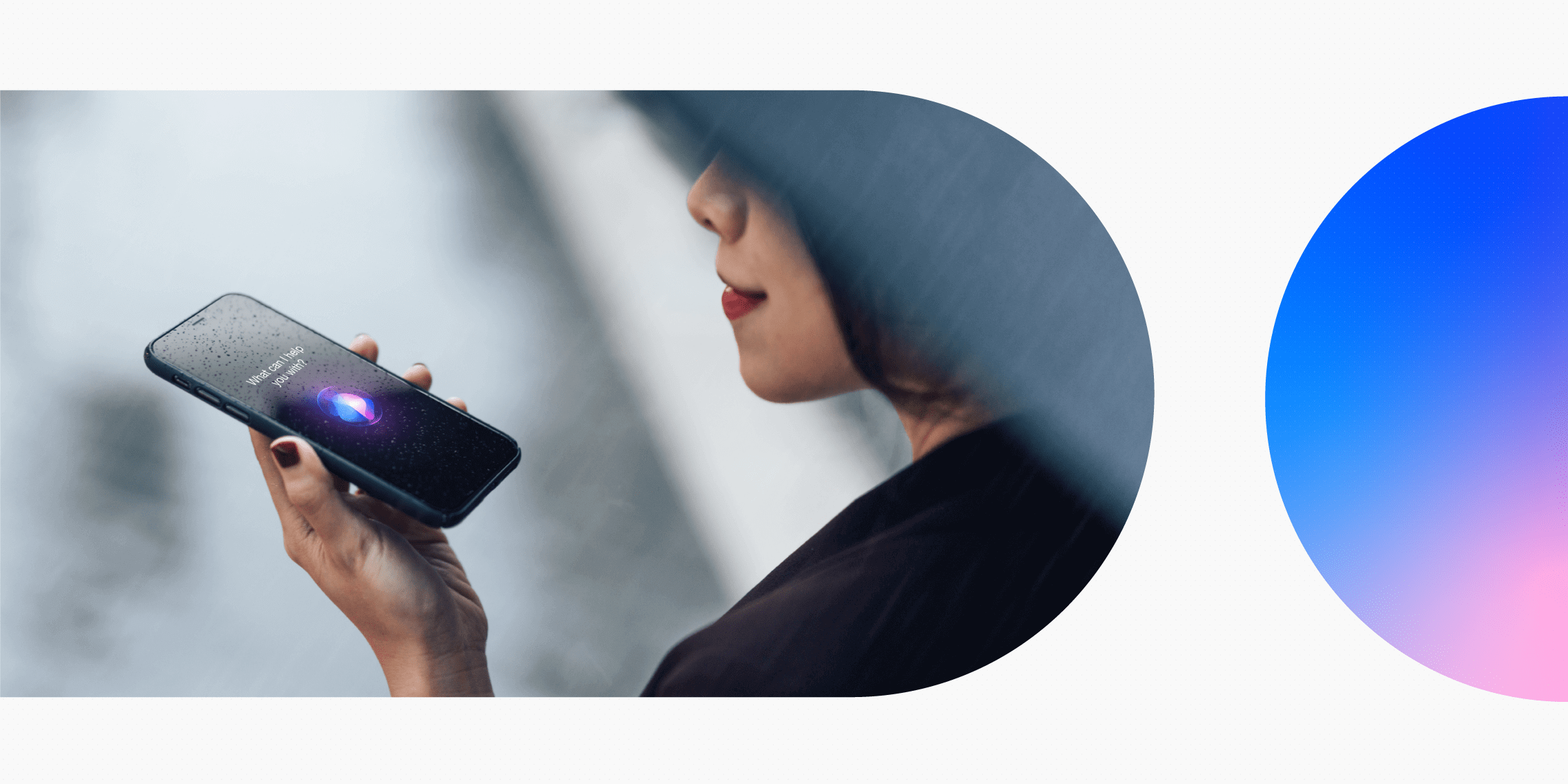User experience (UX) is the most important thing to consider when a business develops a new product, right? Well, not necessarily. It is important but so are the needs of the business. Balancing business needs versus user needs can be tricky but it can be done.
At the end of the day, if the user needs are met, the business needs will benefit. Not everyone in product design will see it this way but UX plays a big role in facilitating the balance between business needs and user needs.
You want to make sure that you centre user needs in your product design. If you do this, then the business needs will follow.
Why do businesses ignore user needs?
No one ever intentionally ignores the needs of the user. However, sometimes the user experience gets ignored anyway.
This happens because:
A team assumes they know what their users want
When a business develops a new product, it may have conflicting ideas about what should and shouldn’t be included. The development team could have preconceived notions about what their users want without doing any research to determine what their users’ wants or needs actually are.
A team gets stuck in the weeds of an issue
It can be easy for a design team in a business to get bogged down in a complex problem and lose sight of the bigger picture, especially as designers tend to be people who get caught up in details. This is why a business needs to have a good idea of its overall bigger mission or business vision.
A team gets stuck under pressure and starts to cut corners
Sometimes, rushing to meet deadlines can’t be avoided. This is a time when design teams start getting rid of features left and right on products, which may affect UX, in order to get the product out on time.
How businesses can balance their needs with user needs
So what is the solution? How can businesses stay focused on the needs of the user? How can a design team ensure they don’t ignore the user experience? Here are a few approaches businesses can take.
Defining goals
Construction can’t be started on a house without a clear blueprint. Likewise, a business needs to have a clear definition of the product they are developing – and the product needs to be informed by the user’s needs.
Sometimes, this is a matter of how a user needs to interact with a product and sometimes this is a matter of how accessible and available a product needs to be to a specific group of people.
Mental health counselling apps are an excellent example of a balance between user needs and business needs. Poor mental health is disproportionate in certain subsets of the population, particularly among historically underrepresented groups and as those living in poverty. Making these resources accessible to all people – regardless of socioeconomic status, race or disability – will be vital for businesses as mental health issues continue to grow.
How can a business figure out what their users’ needs are? One great option is to use UX research tools. This can involve quantitative research, with hard data that can be measured, or qualitative research, which can offer deeper insights into users’ behaviour and feelings. This can also involve moderated research, where a user researcher is present with the user, or unmoderated research, which takes place without the supervision of a researcher.
Once a business has a better idea of its users’ needs, it can start planning out a way to get there and stay on track. At each stage of development, there should be benchmarks or mini-goals to keep design teams on the right path.
Developing a problem statement about the product
Once a business has defined the users’ needs, it then needs to define the problem the product aims to solve. This statement should also explain how the solution will benefit the users.
The more specific a business can get about a product – who might use it and why they might want to use it – the better. For example, with the meditation app, Headspace, the problem statement might look something like this:
The user, a young professional, is busy non-stop. She works a stressful 9-to-5 job, has a long commute, has family obligations, works out at the gym every morning, tries to cook when she has time and is often overstimulated by social media, streaming entertainment and a million screens. Headspace offers her a chance to hit the pause button on her busy life and breathe, which will benefit her in the long term as she starts a meditation habit by building up from short one-minute meditations to five minutes to ten minutes. Meditation has been proven to lower blood pressure, heart rate and improve brain function.
As we think of crafting these problem statements in the future, it’s interesting to think that this may be one of the areas we could be helped by AI (artificial intelligence). AI allows for more efficient business analysis at a fraction of the cost and time. Specifically for retailers and e-commerce businesses, these advancements can help improve UX and centre the customer experience while allowing businesses to reach their objectives.
Listening to feedback
A professional design team will listen to the feedback given to them by their users, especially if multiple users are saying the same thing. A design team will also have feedback from the customer support team as well as the sales team to consider.
There will be an urge to dismiss some of this feedback right away but this is not advisable. A design team doesn’t necessarily need to implement every change suggested but they should at least sincerely listen to all the feedback given to them and not get defensive.
When it comes to business needs versus user needs, it may seem complicated to balance both but, truthfully, it’s not. Although business needs are still important and shouldn’t be overlooked, when user needs are prioritised, business needs are met as a result.


![What does a UX designer do? [2025 Update] 2 what does a ux designer do blog header image](https://www.uxdesigninstitute.com/blog/wp-content/uploads/2020/09/10_What-does-a-UX-designer-do_Image.png)

